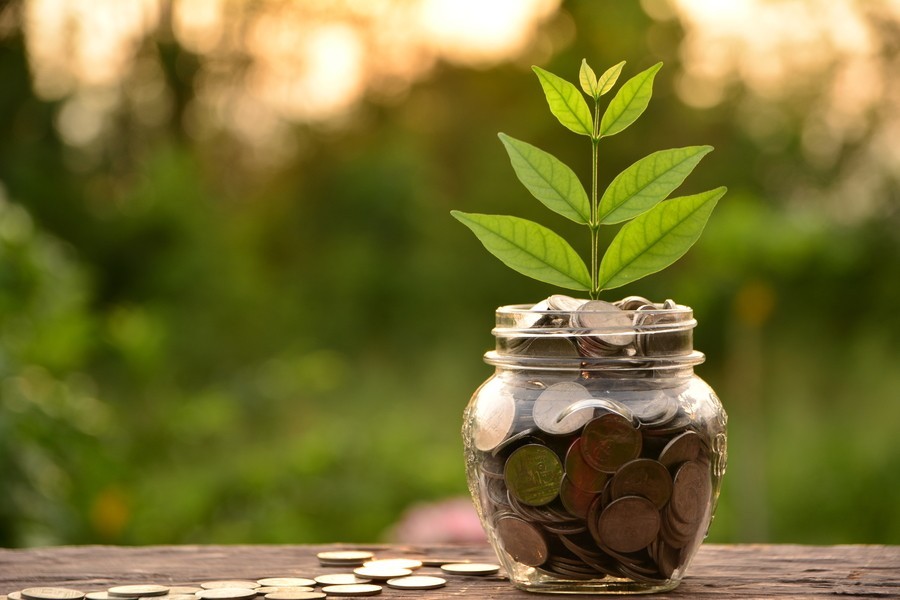Going green is nowadays the byword of most development circles including governments. And it is already common knowledge that the green option for a country's development is about reducing first its dependence on fossil fuel to produce energy as well as adopting a host of other measures to minimise pollution in the environment caused by human actions. But since such measures involve cost, it is hard for a developing country like Bangladesh to go it alone to pursue a green model of sustainable growth. Even so, considering the urgency of the issue, Bangladesh has, on its own, declared, in the spirit of the Paris Agreement on Climate Change of 2015, that it would reduce carbon emission by 5.0 per cent. What is more, Bangladesh is willing to go even a step further and committed as such -- to cutting carbon emission by further 10 per cent. Understandably, to meet this ambitious target, the country would require generous financial and technological support from its international development partners. As the development partners, especially, the UN, is keen to see that Bangladesh succeeds in its effort to achieve the targets of sustainable development, it is expected that the UN would come forward to enable Bangladesh to meet this bigger green challenge, too.
In this context, development thinkers, UN representatives and private sector leaders brought to focus some bottlenecks Bangladesh needs to get around in its endeavour towards green growth. They expressed their views at a virtual event on Sunday. It has to be noted in this connection that despite its seriousness, the government alone cannot be expected to carry out such a task of enormous social and economic consequences. The private sector must be involved. But for it (the private sector) to jump on the green growth band wagon, it would need supportive policy incentives from the government. On this score, financial support is one important policy area that has to be addressed. The present regime of bank loans at a high interest of 6.0 per cent with a rather short repayment period of five years is definitely not an ideal arrangement to persuade the private sector to actively work for green growth. So, the central bank will be required to come up with a policy of low interest bank loan, say, between 1.0 and 2.0 per cent and a long repayment period (25 years, for instance) for the willing entrepreneurs in the field.
Similarly, the tax regime, too, has to be restructured to make it pro-green. For example, the import taxes for some lab testing equipment, chemicals, etc are higher than industrial raw materials of similar categories. This should change to reduce cost burden on companies implementing pro-green projects. Talking of policy, a broad-based policy framework has to be formulated which will encapsulate separate policies related to, such as, fiscal issues, trade and industry, infrastructure, management and other relevant aspects of a sustainable green growth programme. What is critical at this point is to integrate all these micro and macro-level policies into the broader policy framework.
So far, there have been strategy documents and prospective project ideas galore on the subject of green growth. But few of those could see the light of the day. The reason is chronic implementation deficit. And such deficit is a veritable roadblock to any growth, let alone green growth. So, to remove the impediments to green growth, the government needs to focus on increasing its project implementation capacity.


